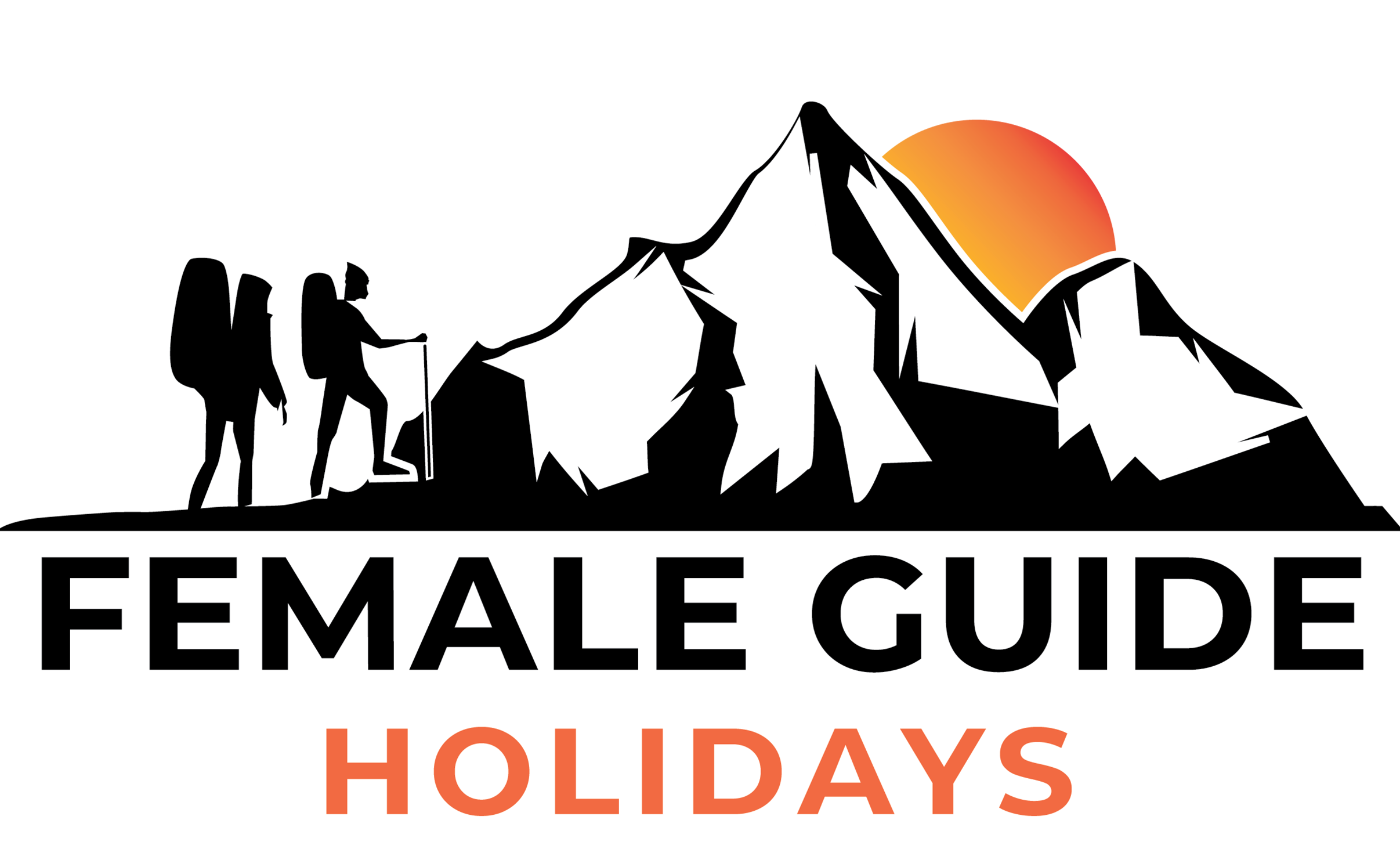When traveling to Nepal, especially if you’re trekking or visiting remote areas, it’s essential to be well-prepared with a medical kit. While Nepal has access to healthcare in urban areas, medical facilities in rural or mountainous regions can be limited. Here’s a recommended medical kit for travelers:
1. First-Aid Essentials
- Adhesive bandages (various sizes) – for small cuts, blisters, or scrapes
- Sterile gauze pads and adhesive tape – for dressing larger wounds
- Antiseptic wipes or antiseptic cream (e.g., iodine or alcohol-based)
- Antibiotic ointment (e.g., Neosporin)
- Hydrocortisone cream – for rashes, insect bites, or allergic reactions
- Cotton swabs – for cleaning wounds or applying ointments
- Tweezers – for removing splinters, ticks, or thorns
- Scissors – for cutting tape or gauze
- Elastic bandage (e.g., ACE bandage) – for sprains or strains
- Finger splints or sam splints – in case of fractures or sprains
2. Medications
- Pain relievers – such as ibuprofen (Advil), acetaminophen (Tylenol), or aspirin for pain relief and inflammation
- Antihistamines – for allergies, such as diphenhydramine (Benadryl) or loratadine (Claritin)
- Antidiarrheal medication – such as loperamide (Imodium) or oral rehydration salts (ORS) for dehydration
- Antibiotics – a broad-spectrum antibiotic, e.g., Ciprofloxacin or Azithromycin (always consult a doctor before bringing antibiotics)
- Cold & flu medication – for symptoms like congestion or sore throat
- Motion sickness medication – like Dramamine, especially if you’re traveling by bus or trekking through winding mountain roads
- Prescription medications – Bring enough of any prescribed medications you take, including any for chronic conditions (e.g., asthma inhalers, insulin for diabetes)
3. Altitude Sickness Prevention
- Diamox (Acetazolamide) – for altitude sickness prevention (talk to your doctor beforehand)
- Ginger tablets or ginger tea – natural remedy to help with nausea
- Oxygen canister (optional) – if you’re trekking to higher altitudes or have concerns about altitude sickness
4. Insect & Environmental Protection
- Insect repellent – DEET-based or natural alternatives to protect against mosquito bites and other insects
- Sunscreen – SPF 30 or higher, since the UV intensity is higher in the mountains and at altitude
- Lip balm with SPF – to protect lips from cracking due to the sun and wind
- Water purification tablets or filters – such as iodine tablets or a portable filter (e.g., LifeStraw) to ensure safe drinking water
- Anti-fungal powder/cream – for athlete’s foot or other fungal infections (common in damp conditions)
5. Specialized Items for Trekking or Remote Areas
- Sterile needle and thread – for emergencies, in case you need to stitch a wound before getting medical help
- Thermometer – a basic thermometer to monitor for fever
- Travel-specific vaccinations – Check with your doctor to see if you need vaccinations such as Typhoid, Hepatitis A & B, Tetanus, etc.
- Emergency medical contact information – Write down local emergency numbers, the location of the nearest hospital or clinic, and any personal medical conditions
- Earplugs – for sleeping in noisy environments or at high altitudes
6. Additional Items
- Waterproof pouch – to keep medications and sensitive items dry
- Travel insurance – medical coverage is crucial for emergencies, evacuations, or unforeseen situations
Tips for Using the Kit:
- Consult a healthcare professional before traveling to get specific advice on medications or vaccinations.
- Store your kit in a waterproof bag or case to protect it from water damage in the wet season or during treks.
- Be cautious with altitude sickness and don’t push yourself too hard when trekking. If symptoms occur, descend to a lower altitude and rest.
- Pack enough of essential medications for the entire trip, as some medications may not be readily available in Nepal.
Having a well-prepared medical kit can help you manage minor health issues while traveling and give you peace of mind in case of emergencies.
